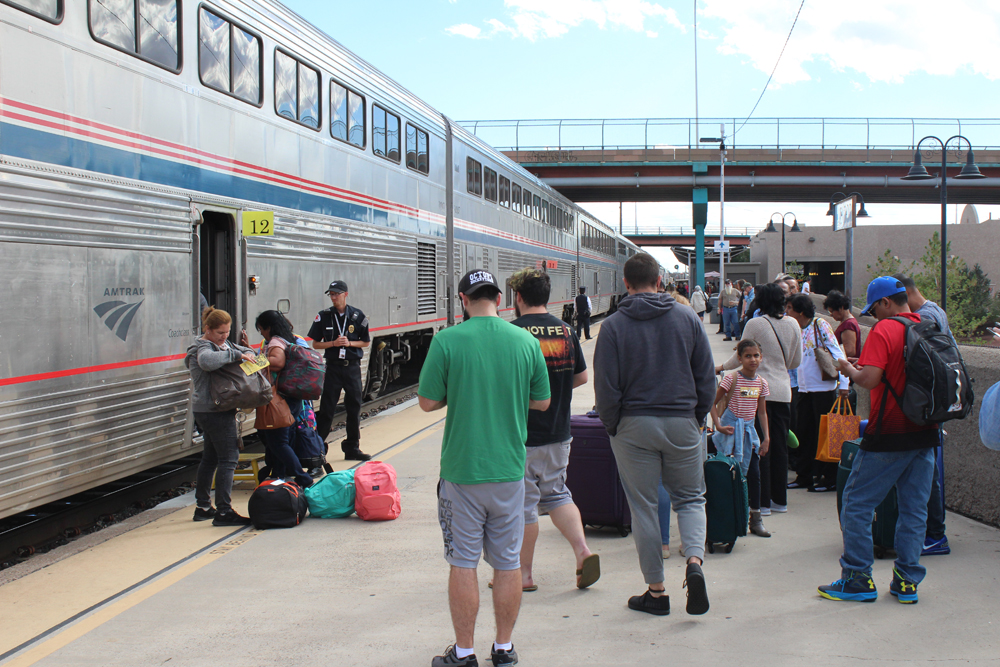
Summer rail travel tips and challenges Amtrak has a problem and it’s too much travel demand for the equipment assigned on its long distance-routes. This translates to a difficult summer for U.S. travelers seeking to ride the rails. In addition, since the company utilizes inventory “yield management” — in which fares rise as seats or […]
Read More…
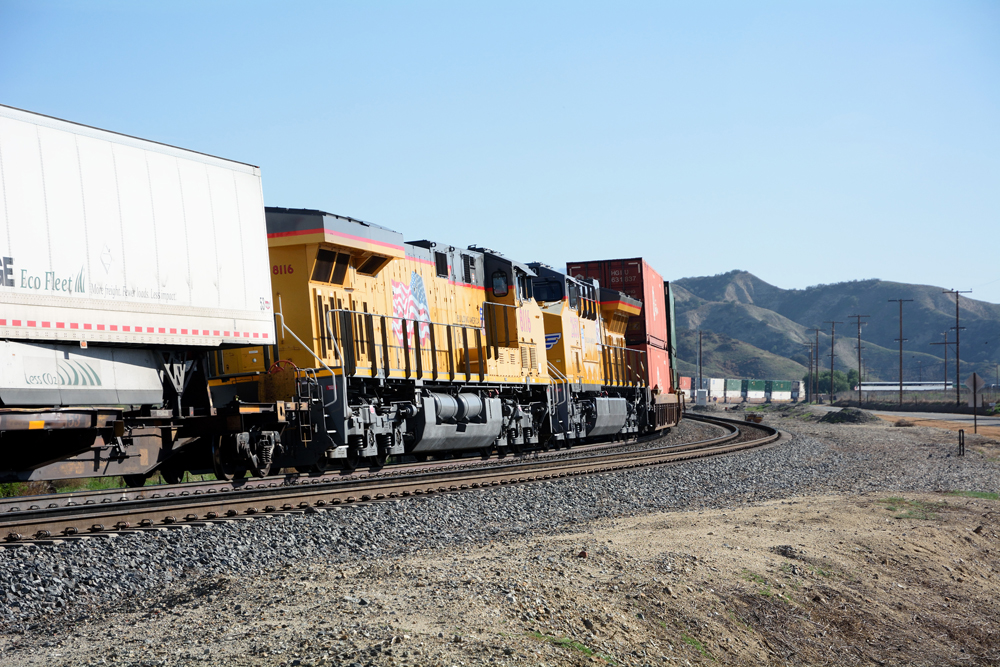
Helper locomotives Helper locomotives are an essential part of modern railroading. It is an additional locomotive (or locomotives) added to a train in order to provide sufficient horsepower when the train is working through steep inclines (or grades), or must keep up a specific speed. Many routes with stiff grades will have specifically designated “helper […]
Read More…
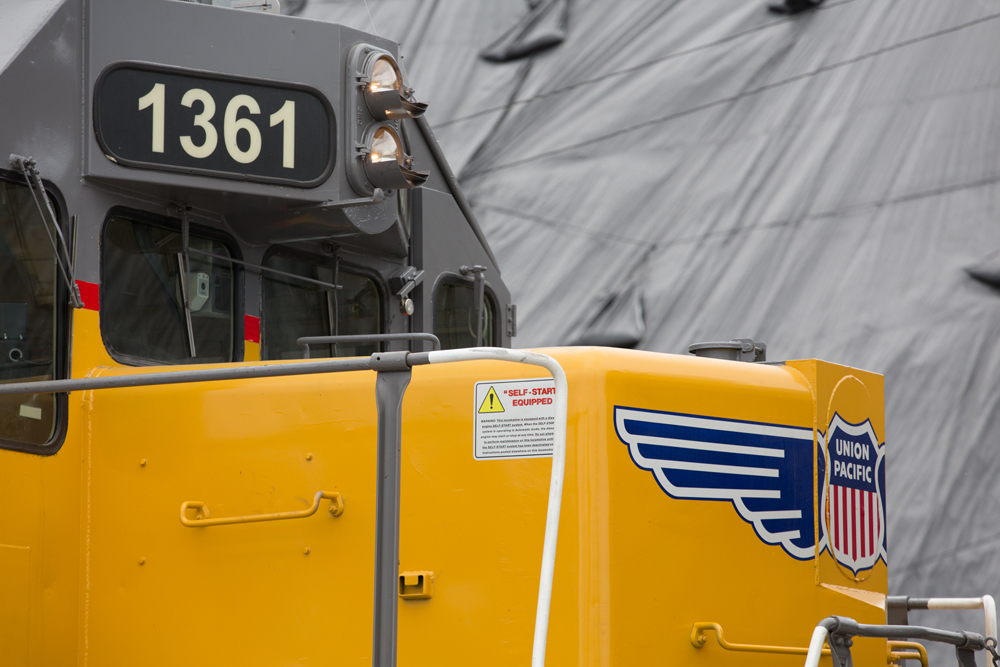
Locomotive headlights and class lights Aside from required ditch lights on most locomotives today, extra lights are essentially gone from freight locomotives, but if you look hard enough you can still find traces of the past when additional lights were ordered by railroads. Before the era of locomotive standardization, many railroads chose to equip their […]
Read More…
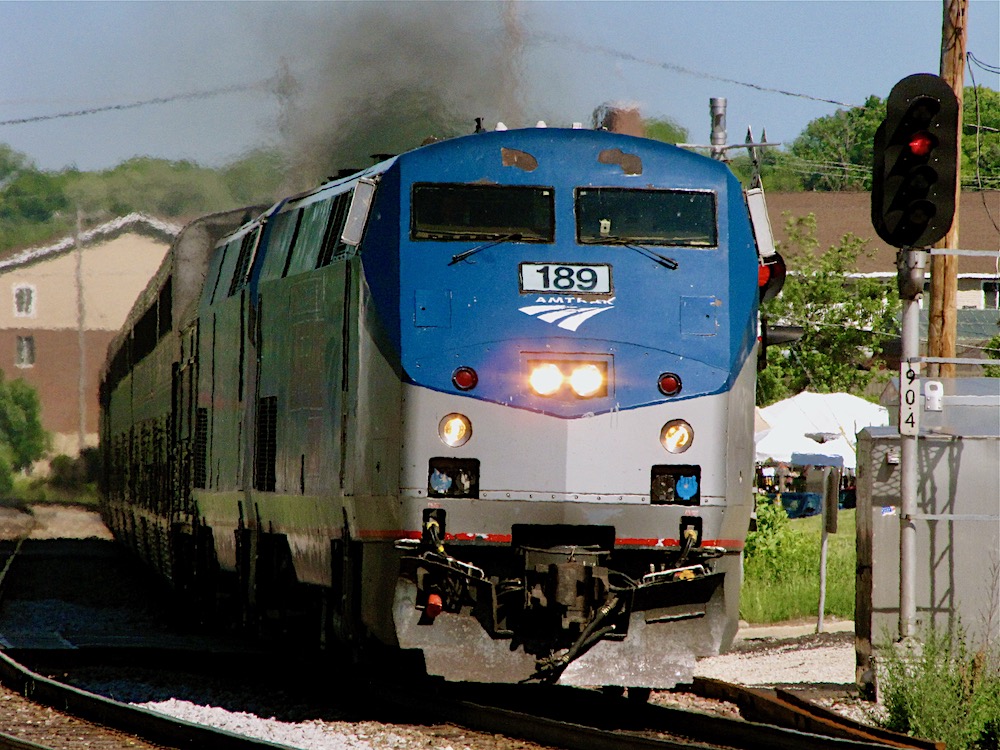
Head-end power: Dinner is about to arrive at table 7 in the Southwest Chief’s Superliner dining car. Outside, the late afternoon sun illuminates exhaust blasting skyward as the locomotives up front struggle to maintain speed up the more than 3% grade leading to the top of Raton Pass in New Mexico. Downstairs in the kitchen, […]
Read More…
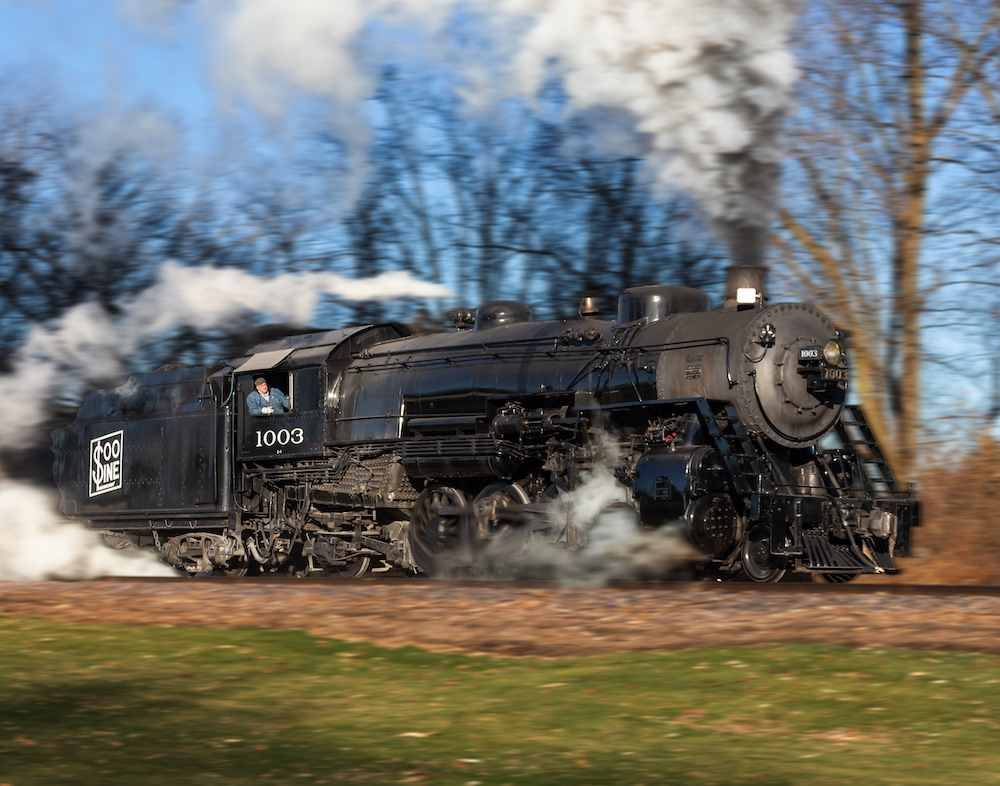
Locomotives are the power of railroading and the industries’ most potent and popular symbols. The major types that have been used in North America are steam (now confined to museums, tourist lines, and the occasional excursion), diesel-electric (the standard of the industry), and straight electric (always a tiny minority). Steam locomotives burn coal, oil, or […]
Read More…
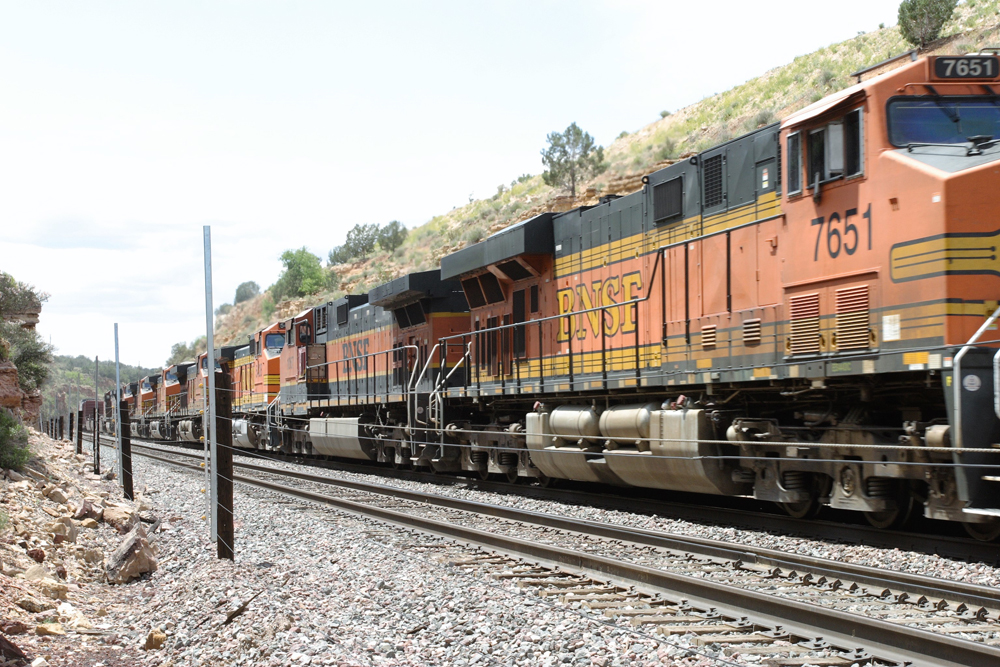
Rockslide detectors Of the myriad things that can foul the right-of-way and potentially derail a train is the unpredictably of falling rocks from lineside cuts and mountain passes. Even with track gangs constantly walking and inspecting, the possibility of a rockslide is a constant nightmare. To combat slides in any form, railroads employ a number […]
Read More…
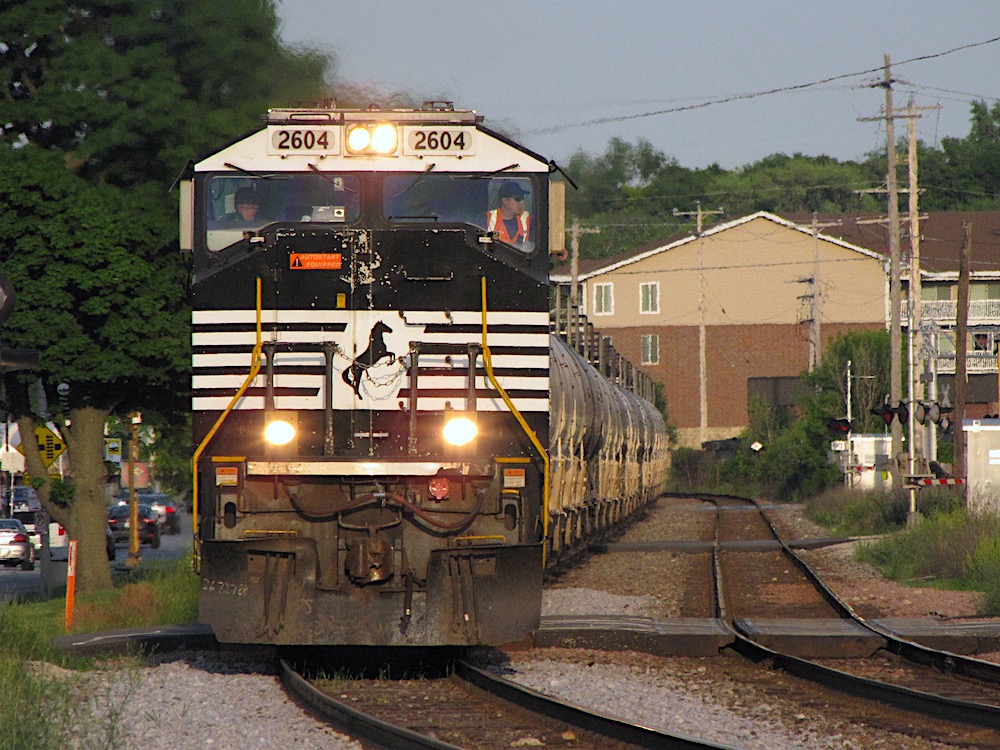
Railroaders, and railfans, are always talking about engines: How many engines were on that train? Don’t those new engines look good (or bad)? Did you get the number of that engine? So, what’s the difference between a locomotive and an engine? We use both terms to describe the most compelling element of railroading: the machines […]
Read More…
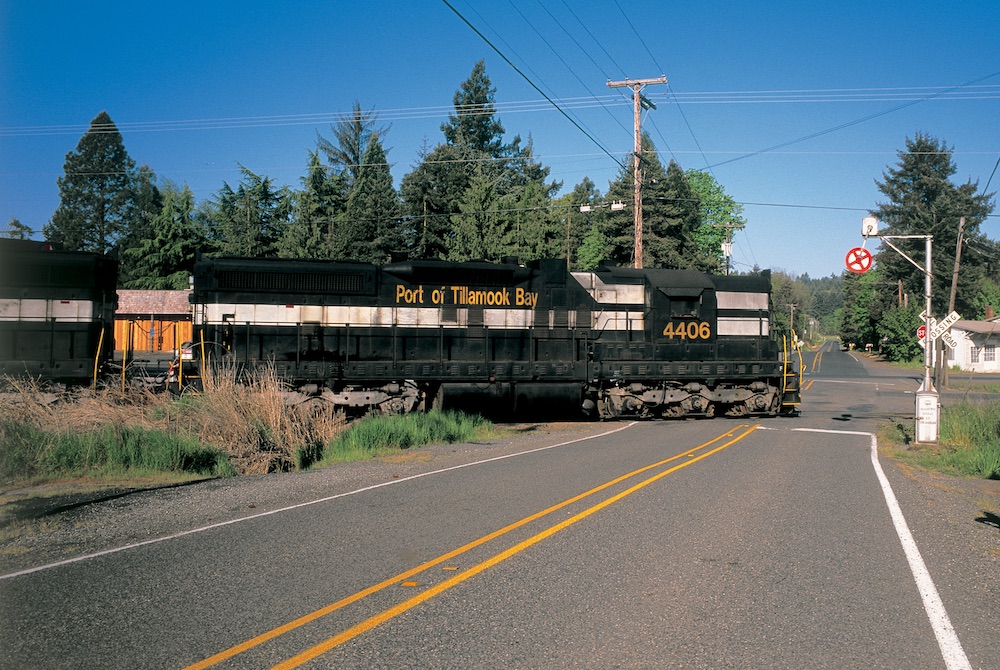
Diesel locomotives today generally have either two- or three-axle trucks, a wheel arrangement called B-B and C-C. The B-B wheel arrangement indicates a two-axle truck with both axles powered, while C-C means a truck with three powered axles. This naming convention uses letters for powered axles and numerals for non-powered “idler” axles — found on older […]
Read More…
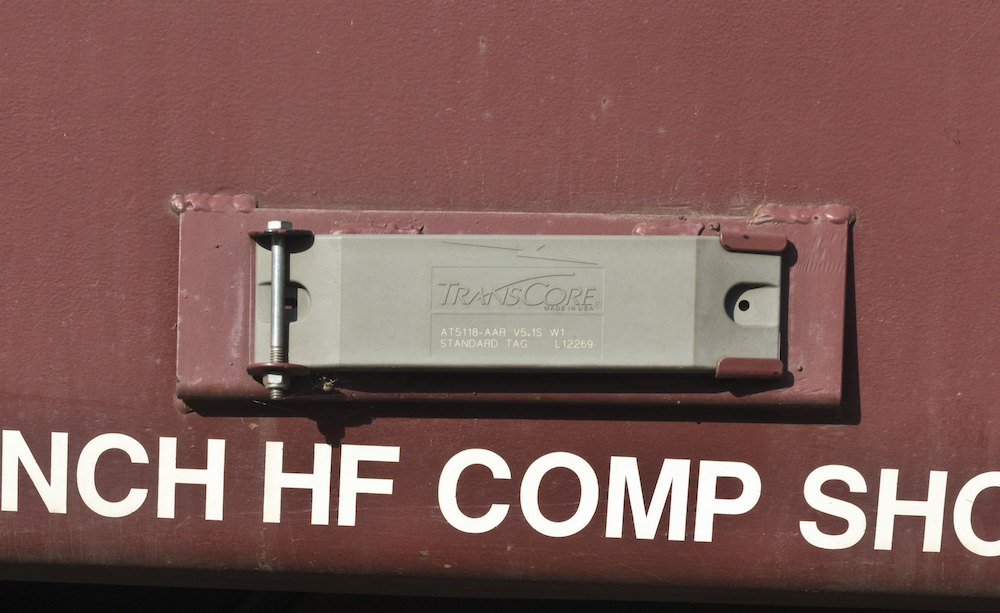
AEI data tags and readers enable rail cars to be tracked as they move across the North American rail system. The AEI (Automatic Equipment Identification) system consists of passive tags mounted on each side of rolling stock and active trackside readers. The system uses radio frequency and replaces an unsuccessful older optically-based car tracking system […]
Read More…
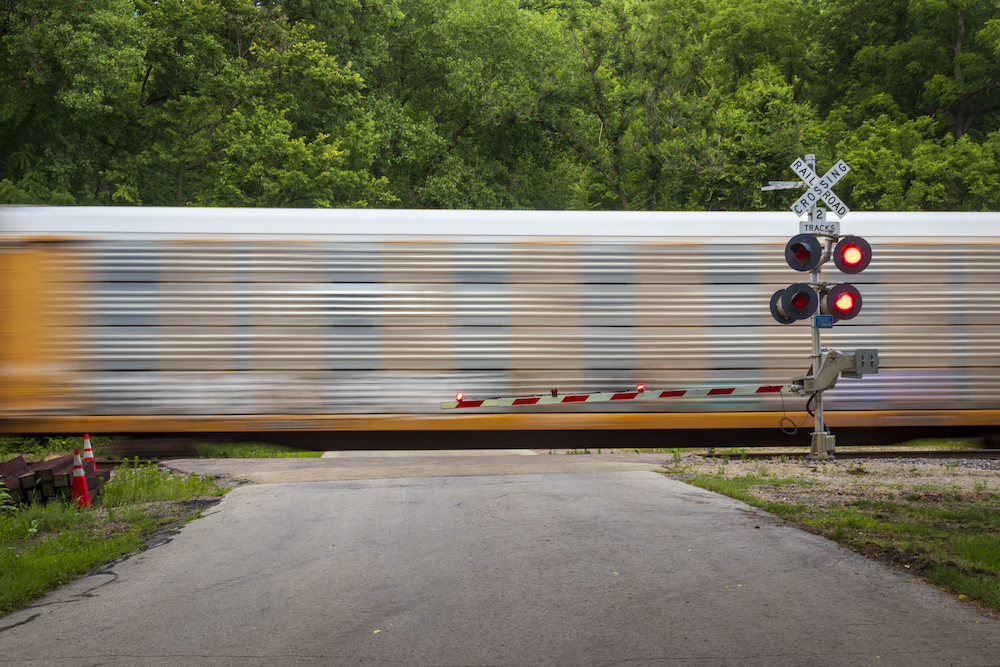
Grade crossing installations take many forms but nearly always include the railroad symbol most familiar to the public — the highway/railroad grade crossing warning sign. Crossbuck is the correct term for the X-shaped sign located just before a road reaches railroad tracks. These signs read RAILROAD CROSSING in the U.S. and are lettered with similar words, […]
Read More…
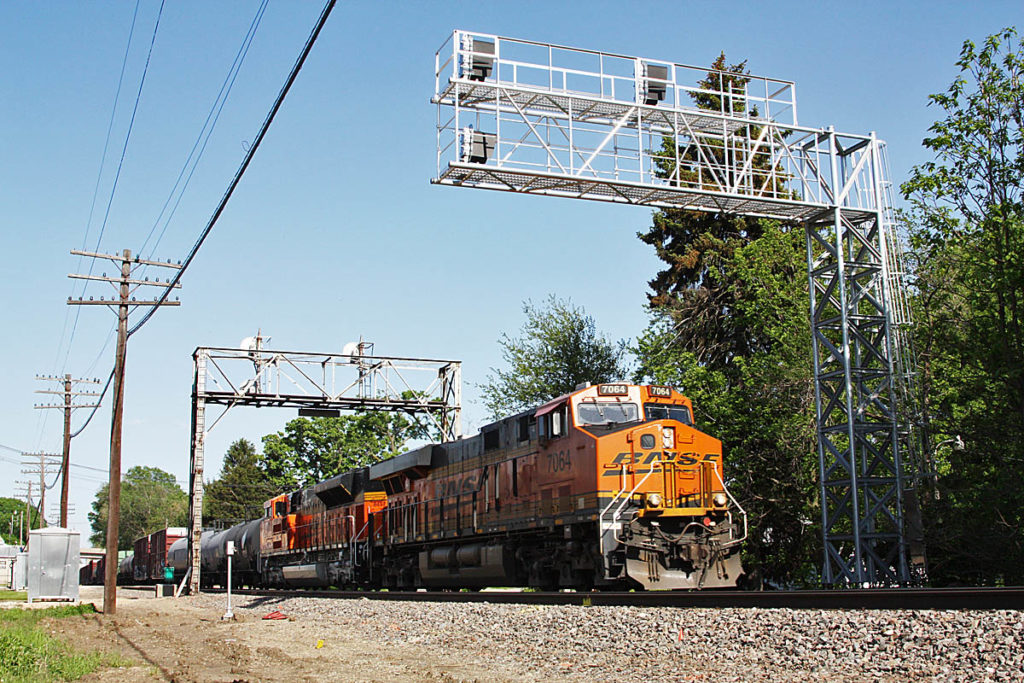
Basic railroad signal terminology Here is a glossary of railroad signal terminology. Signals are used for protection and control of train traffic. However, there is no national standard or system, so signals used by individual railroads may vary. Glossary of railroad signal terminology Absolute signal: A signal whose “stop” indication means “stop and stay.” Usually […]
Read More…

Unlike modern machines, the steam locomotive — which underwent few fundamental changes in 125 years of development — openly displays many of its parts. This mechanical honesty has long captivated onlookers and invited study, but many still wonder just how steam locomotives work. In fact, entire books have been devoted to the subject. There are […]
Read More…












